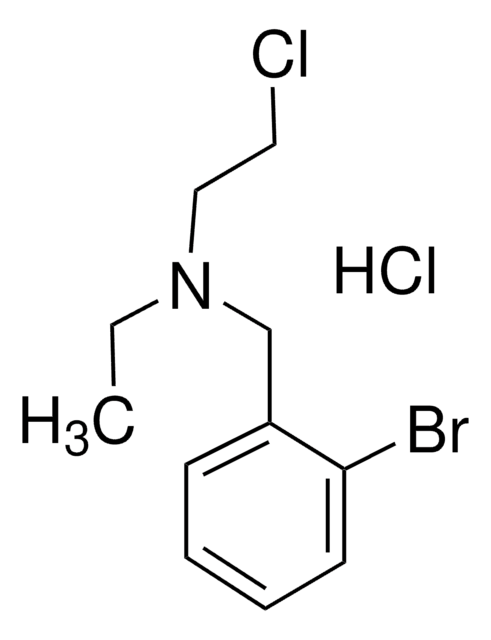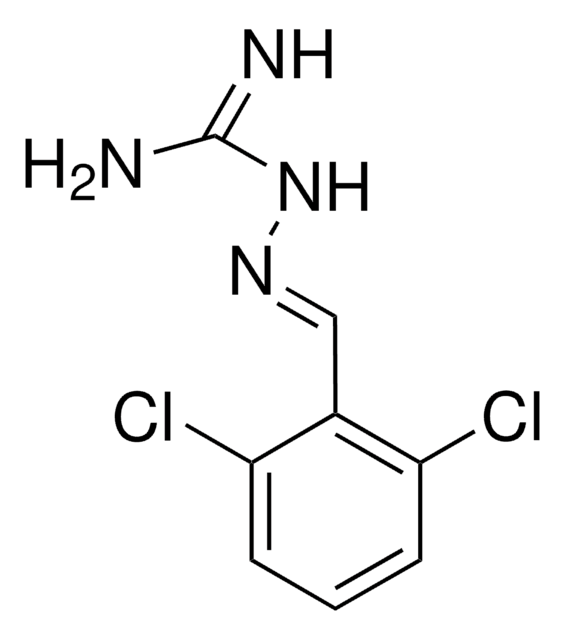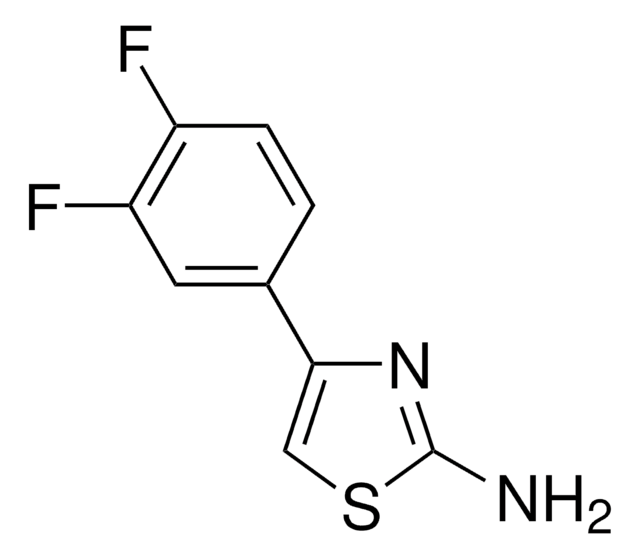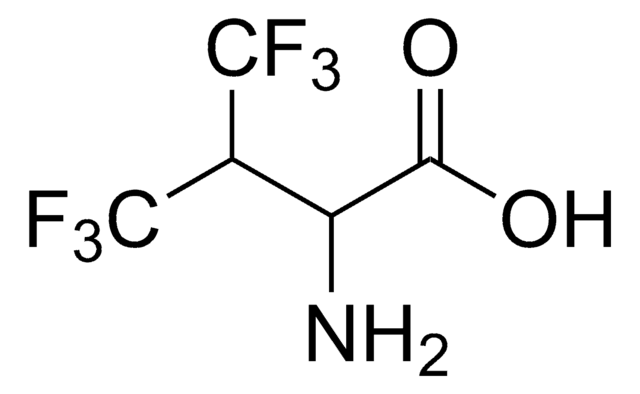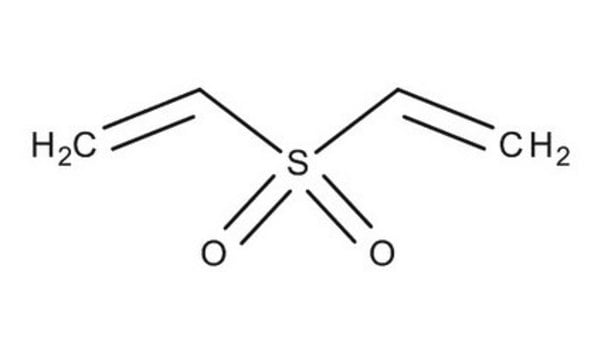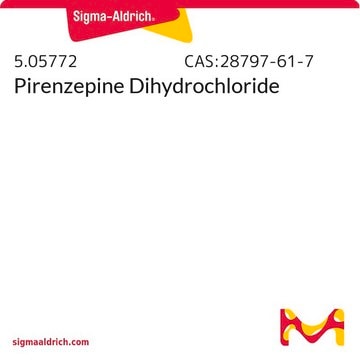Kluczowe dokumenty
37970
5,7-Dihydroxytryptamine creatinine sulfate salt
≥97.0% (HPLC)
Synonim(y):
5,7-DHT, 7-Hydroxyserotonin creatinine sulfate salt
About This Item
Polecane produkty
Próba
≥97.0% (HPLC)
Warunki transportu
wet ice
temp. przechowywania
−20°C
ciąg SMILES
OS(O)(=O)=O.CN1CC(=O)N=C1N.NCCc2c[nH]c3c(O)cc(O)cc23
InChI
1S/C10H12N2O2.C4H7N3O.H2O4S/c11-2-1-6-5-12-10-8(6)3-7(13)4-9(10)14;1-7-2-3(8)6-4(7)5;1-5(2,3)4/h3-5,12-14H,1-2,11H2;2H2,1H3,(H2,5,6,8);(H2,1,2,3,4)
Klucz InChI
BXYXUOWJXUUTQZ-UHFFFAOYSA-N
Szukasz podobnych produktów? Odwiedź Przewodnik dotyczący porównywania produktów
Działania biochem./fizjol.
Hasło ostrzegawcze
Warning
Zwroty wskazujące rodzaj zagrożenia
Zwroty wskazujące środki ostrożności
Klasyfikacja zagrożeń
Acute Tox. 4 Dermal - Acute Tox. 4 Inhalation - Acute Tox. 4 Oral
Kod klasy składowania
11 - Combustible Solids
Klasa zagrożenia wodnego (WGK)
WGK 3
Temperatura zapłonu (°F)
Not applicable
Temperatura zapłonu (°C)
Not applicable
Środki ochrony indywidualnej
dust mask type N95 (US), Eyeshields, Gloves
Wybierz jedną z najnowszych wersji:
Masz już ten produkt?
Dokumenty związane z niedawno zakupionymi produktami zostały zamieszczone w Bibliotece dokumentów.
Nasz zespół naukowców ma doświadczenie we wszystkich obszarach badań, w tym w naukach przyrodniczych, materiałoznawstwie, syntezie chemicznej, chromatografii, analityce i wielu innych dziedzinach.
Skontaktuj się z zespołem ds. pomocy technicznej